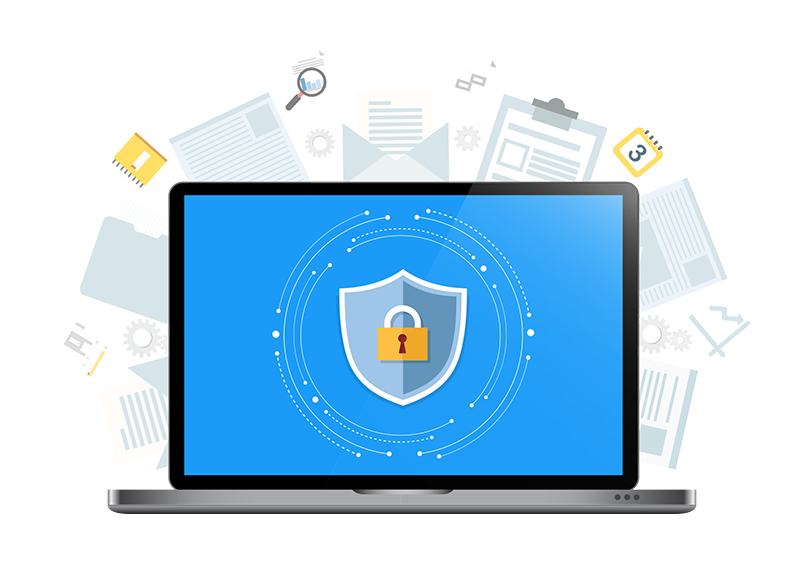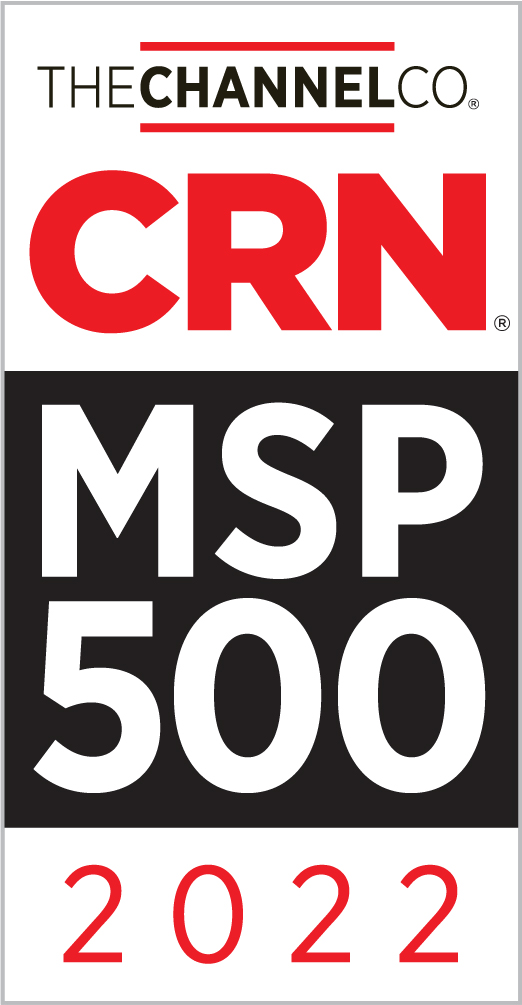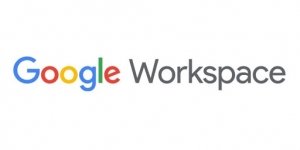Learn about the four pillars of cloud security that can help you reduce risk, increase agility, and run more efficiently: (C/I/A), external threat protection, data loss protection, and compliance.
While Cyber Security month comes and goes, the four pillars of cloud security remain integral to long term business success. In what seems like a never-ending process, we continue to face new and advancing cyber security threats to the integrity of our data, identities, and businesses. For those of use with small and midsize businesses, we need to ensure our systems and information are secure. At the same time, we want to keep our IT systems simple and manage our budgets.
Four Strategies for Cloud Security
To strike the right balance, we need to assess our current security foundation, identify gaps, and fill in services where needed. Doing so creates a security foundation that covers your basic needs. From there, with the four pillars of cloud security in place, you can add services and build the security footprint you need to meet industry expectations and regulatory requirements.
A sound cloud security foundation is built on four pillars of cloud security.
1. Basic C/I/A
Ensure the confidentiality, integrity, and availability (C/I/A) of information you create, receive, maintain, or transmit.
This first pillar of cloud security establishes your basic security infrastructure that protects against attacks and prevents breaches across your IT systems. It also creates your ability to respond to issues and recover, key to ensuring business continuity and resilience.
2. External Threat Protection
Identify and protect against reasonably anticipated threats.
This pillar of cloud security focuses on the attacks and threats from outside your business. From phishing, ransomware, and business email compromise, to DNS and advanced persistent threats, the focus is on protecting your data, applications, systems, and people from harm.
3. Data Loss Protection
Identify and protect against reasonably anticipated uses and disclosures.
Data breaches and data loss result from configuration issues, application errors, and individual actions. Permission errors, inappropriate sharing, and other actions are often accidental, resulting from a lack of understanding of policies and/or how systems work. They can, however, result from intentional acts of misconduct. Proper data protection and security solutions will help protect against these internal risks and threats.
4. Compliance
Ensure workforce and business compliance.
Nearly all businesses must meet basic legal requirements to protect sensitive information. Most businesses must also adhere to industry and additional legal requirements. This cornerstone encompasses the policies and procedures that ensure your team, and your business meet your compliance requirements. IT also includes the tools and methods to enforce policies and report on compliance.
Tactics for Implementing the Four Pillars of Cloud Security
To ensure your cornerstones are set and your cloud security foundation is place, conduct a security footprint assessment. For each pillar of cloud security, identity the services you have in place and those that may be needed. The assessment should cover the “CPRs” of security:
- Communication/Education
- Protect / Prevent
- Respond / Recover
For more information, send us an email or complete our contact form.
 The U.S. Cybersecurity & Infrastructure Security Agency, part of the U.S. Department of Homeland Security, is warning businesses to be prepared to defend against cyber attacks originating from Russia. “Every organization—large and small—must be prepared to respond to disruptive cyber activity,” the agency says in its warning.
The U.S. Cybersecurity & Infrastructure Security Agency, part of the U.S. Department of Homeland Security, is warning businesses to be prepared to defend against cyber attacks originating from Russia. “Every organization—large and small—must be prepared to respond to disruptive cyber activity,” the agency says in its warning.
 For the fourth consecutive year, CRN®, a brand of The Channel Company, has named Cumulus Global to its Managed Service Provider (MSP) 500 list in the Pioneer 250 category for 2022. The list recognizes innovative and forward-thinking services providers throughout North America. The award focuses on service providers who deliver best-of-breed services and solutions that help businesses and their teams achieve tangible business results.
For the fourth consecutive year, CRN®, a brand of The Channel Company, has named Cumulus Global to its Managed Service Provider (MSP) 500 list in the Pioneer 250 category for 2022. The list recognizes innovative and forward-thinking services providers throughout North America. The award focuses on service providers who deliver best-of-breed services and solutions that help businesses and their teams achieve tangible business results.

